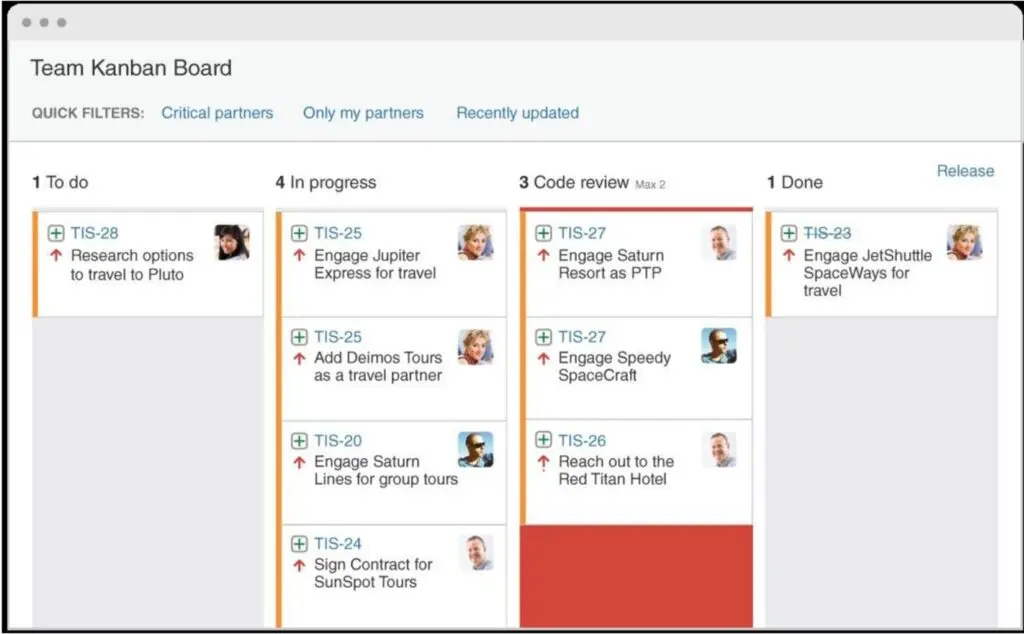Following from Part 1 of this series, which provided a high-level overview of three common Agile Planning Horizons, this article provides a closer look at the “Flow” Planning Horizon.
Flow is a “just in time” delivery framework where the work is prioritized and visualized on a Kanban board.
The main objective of Flow is THROUGHPUT – the goal is to complete the highest priority work in a continuous flow. This is accomplished by MINIMIZING the work in progress (WIP) so that the team/individual only works on one thing at a time until that work is DONE, then they pull the next highest priority item from the “to-do” stack. Sometimes, work gets blocked waiting for external input or approval – in this case, teams can use a “blocked” column and pull the next highest priority item, but blocked items must be the top priority of any work in flight and be worked as soon as it becomes un-gated.
Because work is continuous flow, it does not need to be estimated. Daily standups are not required but often prove to be beneficial – this type of Flow is often referred to as “Scrum-ban”. Retrospectives are not required, but in practice they should be held at some regular interval (e.g., monthly) to review the team’s performance, throughput, and quality, and to address common impediments that should be resolved within the organization.
Work is visualized on a Kanban board. The Kanban board uses separate columns to identify work to do next, work in progress, and work completed.

Key elements to visualize:
Pros – Here are the conditions which lend themselves to a Flow-based planning horizon
Cons – Here are the conditions which DO NOT lend themselves to a Flow-based planning horizon
The entry criteria for teams to adopt a Flow-based Agile Planning Horizon is minimal. You need to know who the individuals working this process are, and the best practice is to have a known and consistent daily capacity for delivering work. The reason for this is so that you can measure velocity, results, and quality, and manage for velocity/quality/productivity improvement over time.
With “Scrum-ban”, the team is more well-defined and fits into the accepted range of team size (3 – 10 people). This is because this team will deliver their work via flow/Kanban BUT they will have daily standups to coordinate and plan for the work in flight. In a “Scrum-ban” framework, the team should also participate in Retrospective ceremonies at some defined interval (ie, monthly). The “Scrum-ban” team may also conduct customer/stakeholder demonstrations as needed.
Thank you! The next post in this series is a closer look at the Sprinting Agile Planning Horizon.
-Matt
Share details about yourself & someone from our team will reach out to you ASAP!